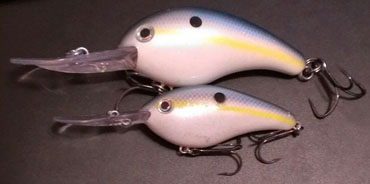Whether we are talking GPS, sonar, depth finders, fish finders or whatever you want to call them, this is a great time of year to learn a few things on how to set them up and get the most out of your electronics. Let’s face it, today’s modern GPS units have come along ways since the first basic LCD Fish Finders hit the market years ago.
I am no expert on today’s modern electronics, but I make an effort to learn as much as I can, and I find a great way to learn is to check out tutorial videos on YouTube. Manufacturers like Humminbird, Lowrance & Garmin make some good videos, but there is also some great stuff put out there by Pro Staffers and general users.
Here are a couple of my favorites, if you have some good ones or find some good ones, post a link in the comments below!
Super neat trick to better understand side imaging whether is Lowrance or Humminbird
This one shows common images & tell you what they are for a Humminbird Side Imaging unit
This video does a good job of showing an advanced technique of catching drop shot fish using a Lowrance HDS Fish Finder
Doesn’t hurt this guy had super sweet Dobyns Rods to feel those smallies either!
Hope a few of these videos and others that you search on YouTube help you find and catch more bass! There are a ton more videos on how to setup sonar, mapping, updating software, managing waypoints and the list goes on and on….
When you’re in the fishing business, you already know how important it
is to always be prepared with all the tools that you need to do the job.
You’re well aware of how important safety is on the job. You know that a
hard day’s work should be rewarded with a nice profitable catch, not a
stay at the hospital – or worse.
And this is exactly why you should never settle for less than the
absolute first class when it comes to outfitting your boat with all of
the marine hardware supplies that you need. Because when it comes to
dangerous fishing and trawling work, lives are always on the line.
Anything less than top notch equipment simply won’t finish the job, and
may even be putting lives at risk.
Luckily, you never have to settle for second or third rate equipment
when it comes to stocking up your vessel with hardware supplies. A quick
browse through any major search engine on the internet will turn up
hundreds, if not thousands, of top notch equipment manufacturers and
suppliers.
One of the industry’s chief hardware suppliers is Alario Brothers. This
family owned company has been on the scene for many years now, and is
considered by many to be the top rated supplier of nautical hardware
currently operating on the modern international market place.
Log on today to see what Alario Brothers can do for you. If you’re
serious about safety, and serious about your hardware, you won’t be
disappointed.
























